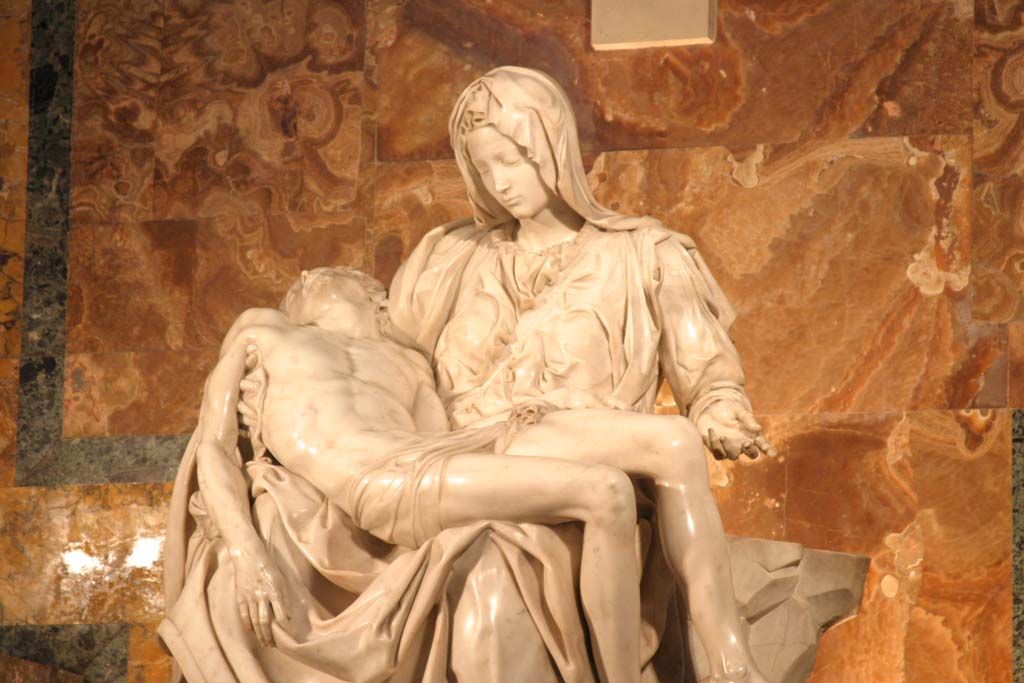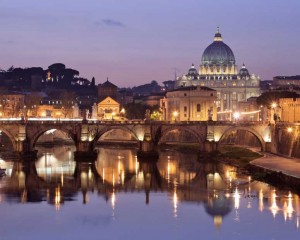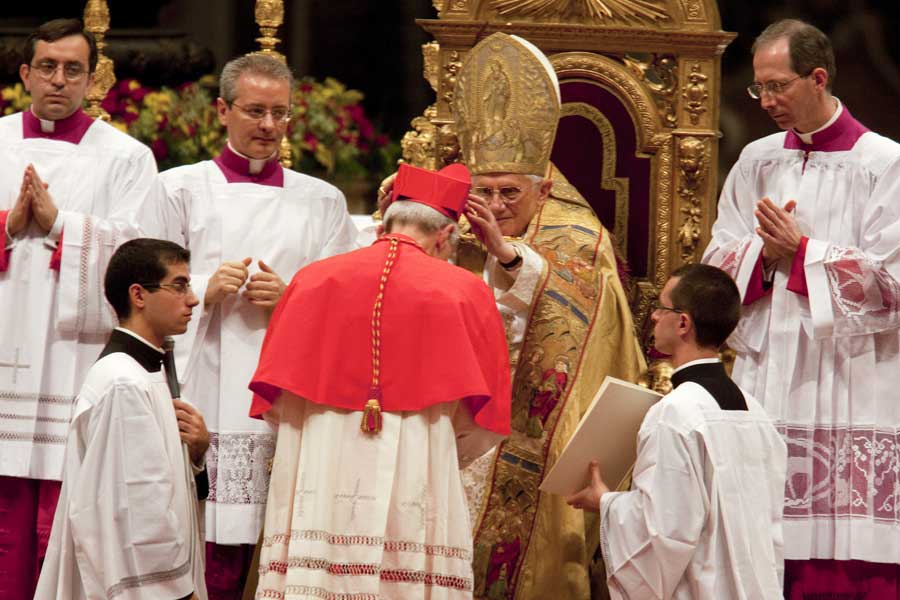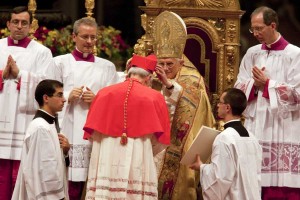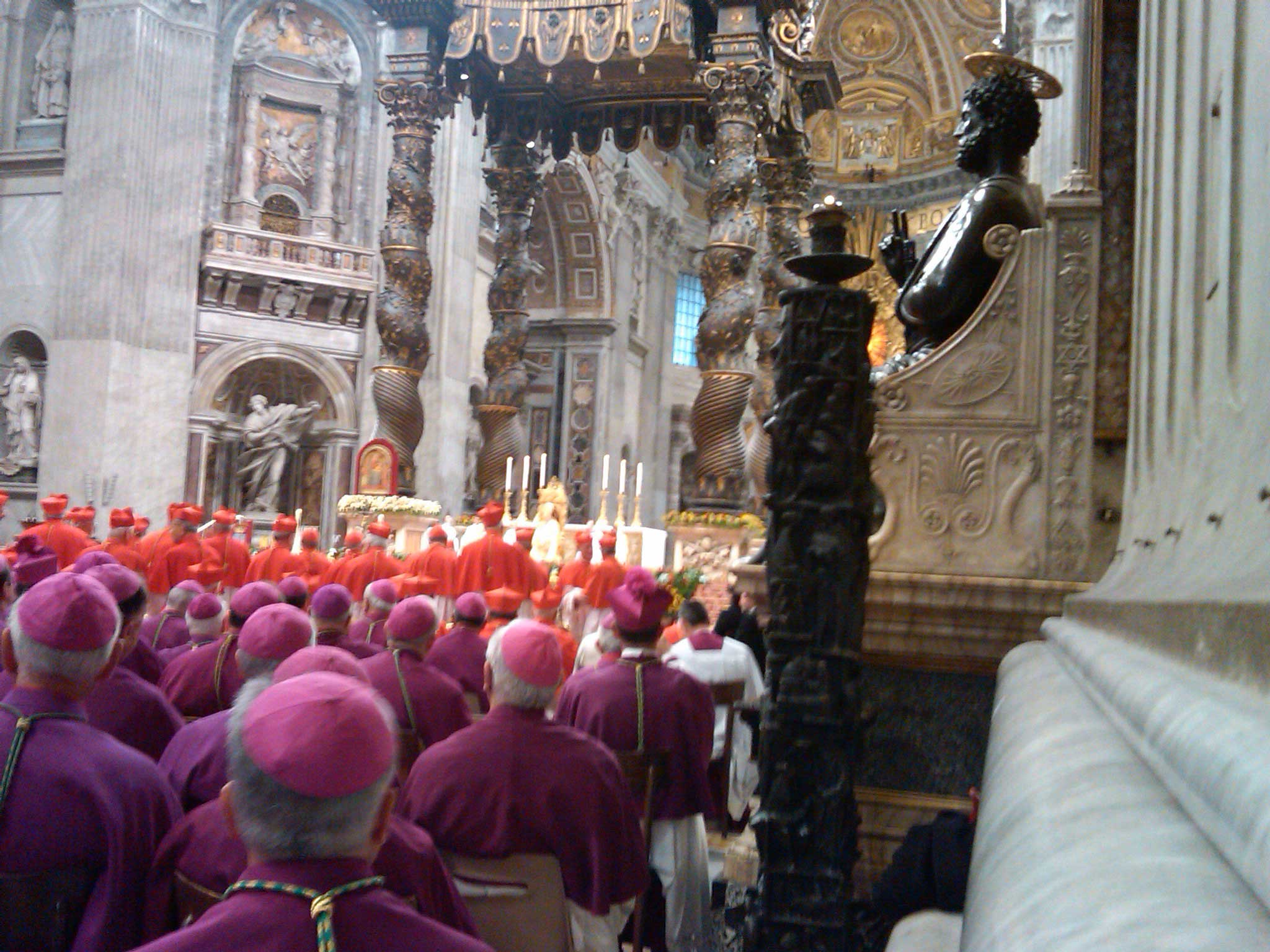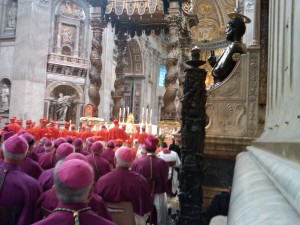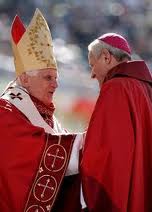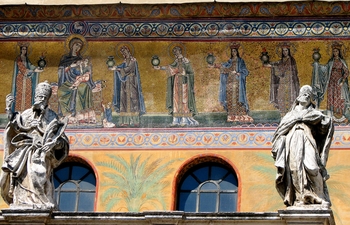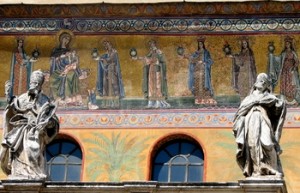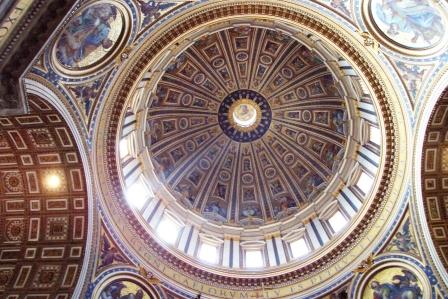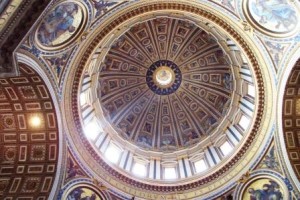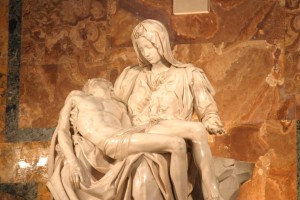 Wounded hearts: bitter or blessed
Wounded hearts: bitter or blessed
We all have heard the stories about the failure of the Church to adequately address the sexual misconduct with minors by some in ministry. Let’s be clear, one act of sexual misconduct with a child is abhorrent. And, there have been failures. But there is another story I want to tell. I want to talk about what the Archdiocese of Washington is doing right for the victims of abuse and for the parishes which have suffered.
Help for victims
We have an office of Child Protection Services. A person who has been harmed can pick up the phone and call the director. She works closely with victims to help them move towards healing and recovery from their experience. The director also investigates allegations that come to the attention of the office or archdiocese. Finally, this office coordinates the training that all clergy, and any adult who works or volunteers with children in any of our programs, is required to take. Over the past seven years alone, we have trained at least 38,000 adults who now can put what they have learned to work, not only in our parishes, schools and organizations, but also in their homes, workplaces and the community. Today, the archdiocese makes a huge contribution to keeping kids safe, both inside and outside of the church.
We not only respond to individuals who come forward, but we also often work with a parish where the priest or deacon served because the pain often extends to the larger community of faith. When a credible allegation or a criminal charge is made, the archdiocese puts together a team of people to work with a parish to provide the resources it needs to cope.
Our pastoral response seeks to open up pathways to transformation. Firstly, we are one church and so the team goes to the parish to pray and work with the pastor or pastoral council leadership on a pastoral response that will be right for this particular community. Secondly, our response includes presence. We are present to communicate support and to plan a time for the parish to come together to pray; for the victims, known and unknown; for the parish community; for the accused and for the guiding force of God’s love. Thirdly, we develop a communications plan. In crisis situations, it is so important that people know the facts and have accurate, clear and compassionate communication. Fourthly, our experience has made it possible to provide a rich diversity of resources. In some cases parents are looking for talking points so that they can explain the situation to children and talk with them openly. In other cases, people want to learn more about suffering, forgiveness and reconciliation.
Announcements about what happened typically are made at Masses. Members of our team are present at all of the Masses. We come prepared to listen, to answer questions and to provide immediate support if someone were to come forward with an additional allegation. I have been on these teams and I was prepared (or at least as prepared as one can be when you don’t know what to expect) to hear that someone in the room may be a victim. What I was not prepared for is that people feel a need to share their own experience of sexual abuse, not by a priest or church employee, but rather by other people in their lives. The situation in which they find themselves now brings back all of the hurt of their own experience, confusion and sadness.
It is painful, but I am so grateful that my role is to help the parish community find ways to work through the experience by drawing on the church’s spiritual gifts and resources. I believe that in the face of the enormity of the sin and a wounded community, it is grace that will see the victims, parishioners and parish through such a dark night. I recently heard a speaker who referred to the choice made by a wounded heart as being bitterness or blessing. That captures exactly what my experience has been in the two parishes in which I have assisted.
It is very easy to understand how pain can be overwhelming, but the great gift the church can bring to the situation is the gift of blessedness. The church can offer the hope that the broken hurt can be transformed and can walk with those affected through that transformation.
A transforming love
For a parish hurting, that may not always seem possible, but I have seen the transformation. There comes a time when a parish that is hurting is ready for an experience of God’s transforming love and to see that forgiveness and healing is possible. One approach is a retreat, when parishioners can begin the process of reconciliation and forgiveness. In prayer, in sharing individual experiences, they find a new found strength; they can identify obstacles to healing and reconciliation. They discover evidence of a new life that can only come through God’s healing touch.
One parish I worked with that was deeply wounded, three years later can point to a new spiritual vitality that is an experience of transformation. It is the story of a community that again found blessing, not bitterness and hope, not despair.

